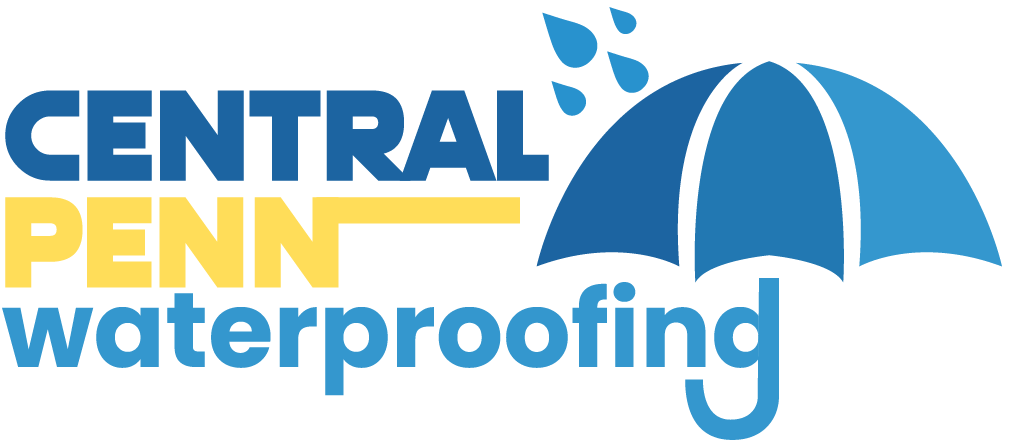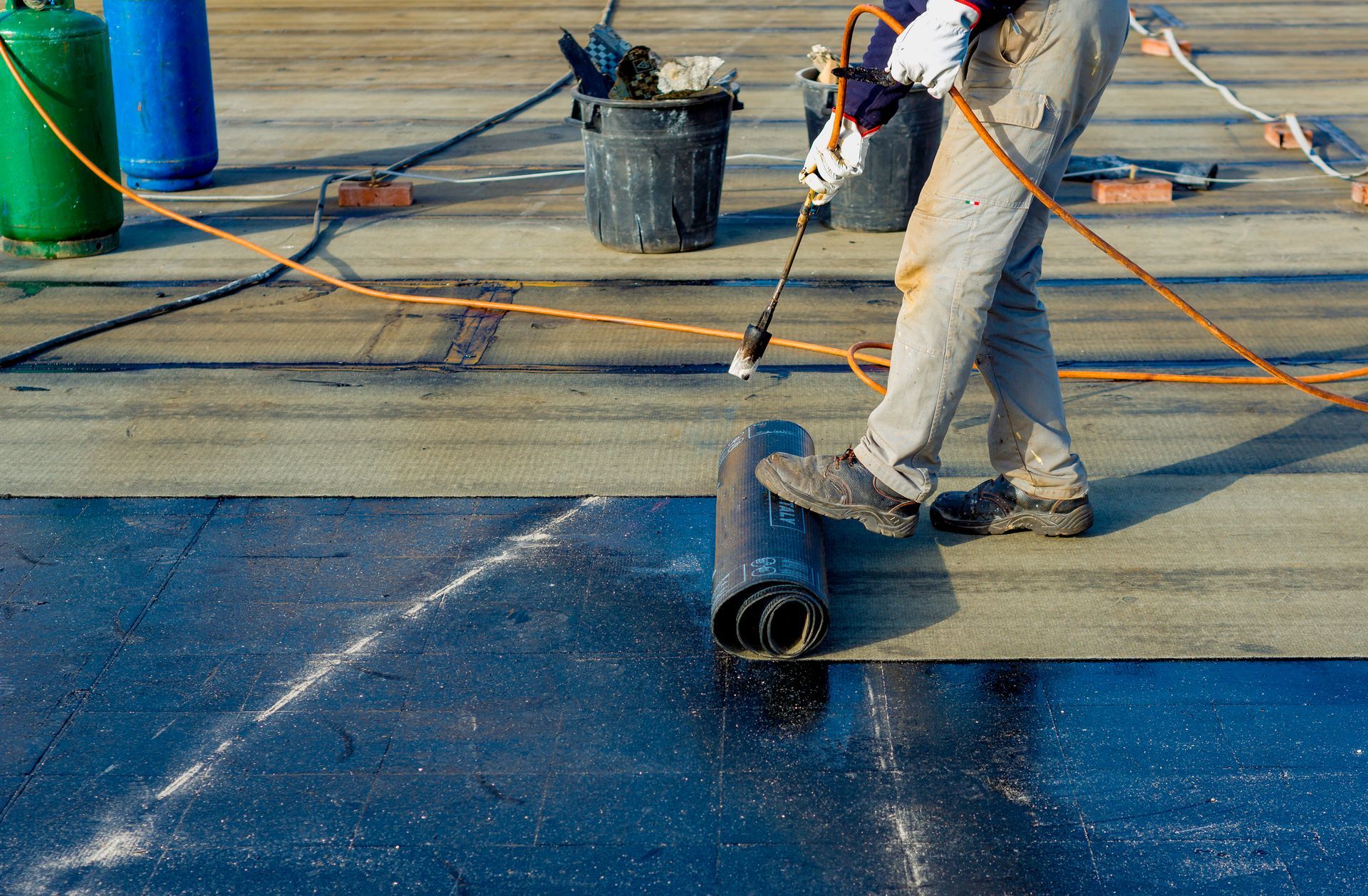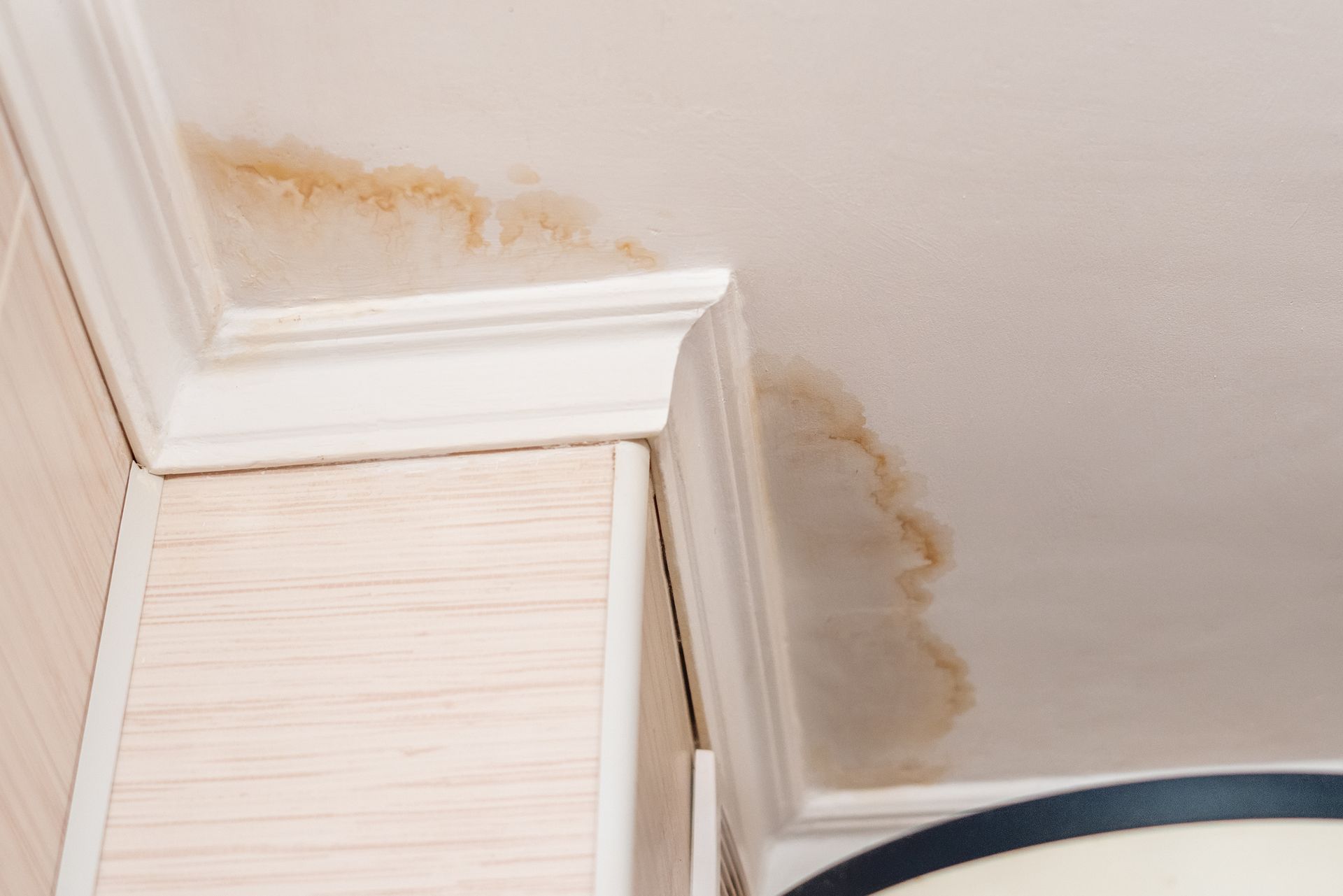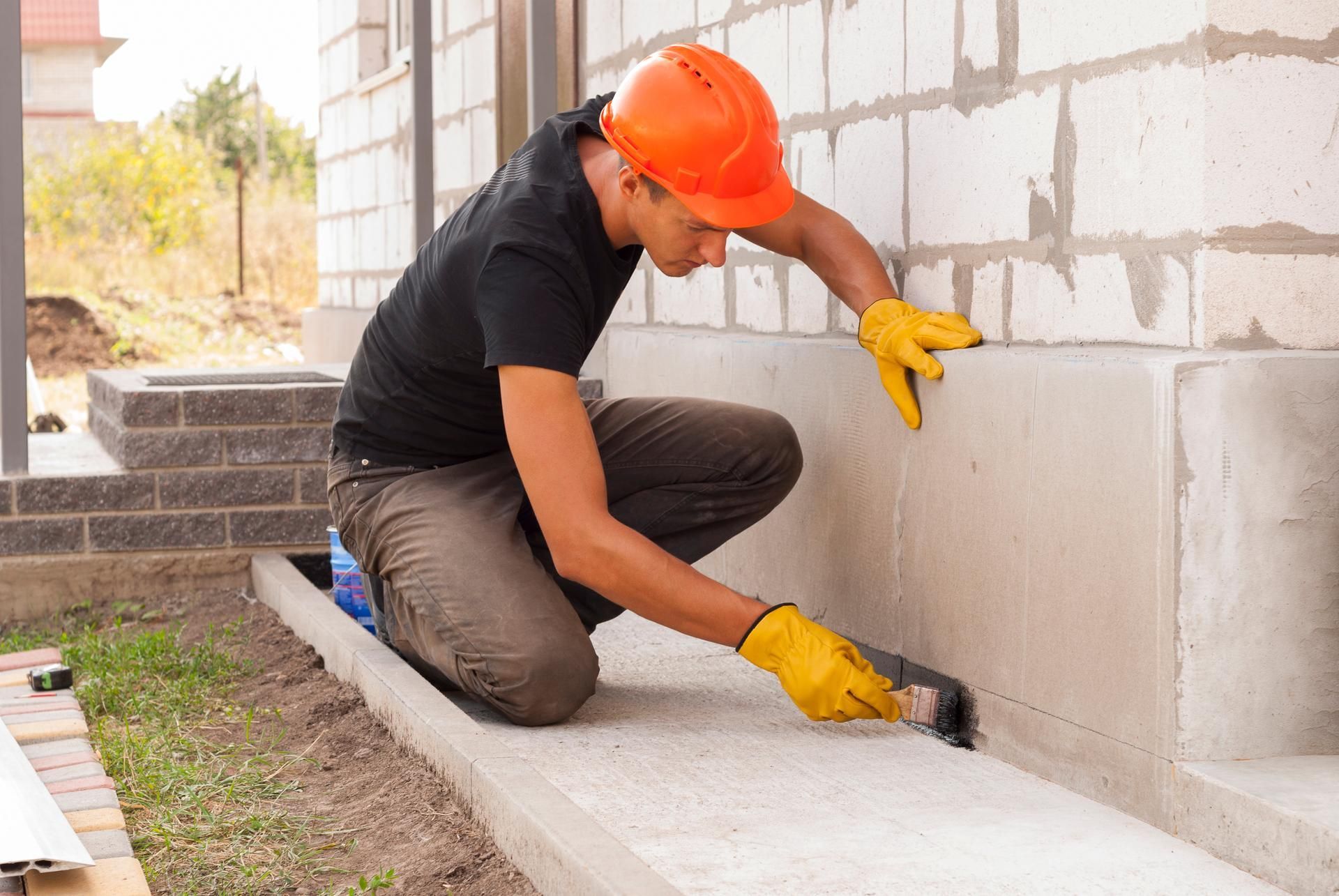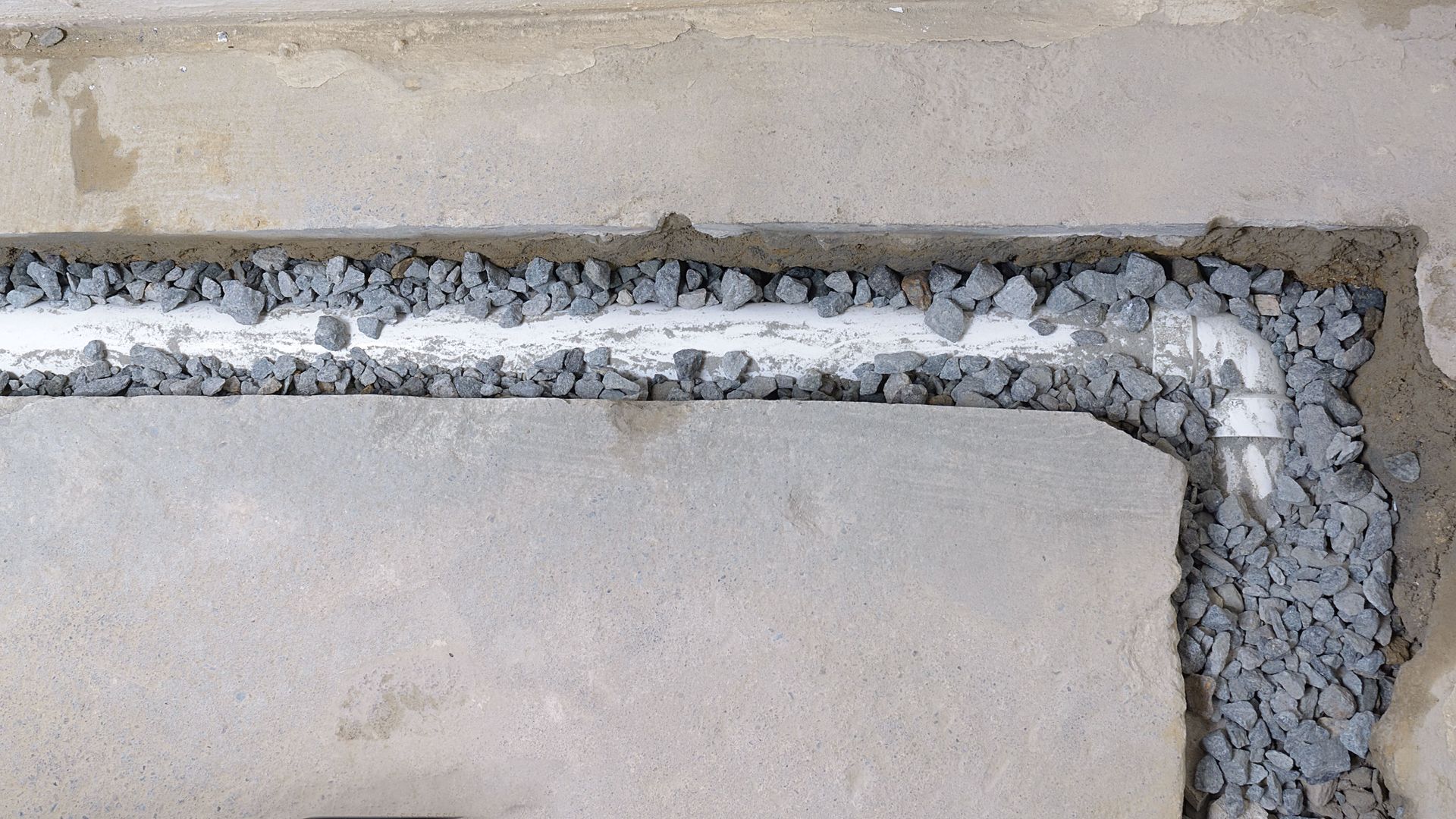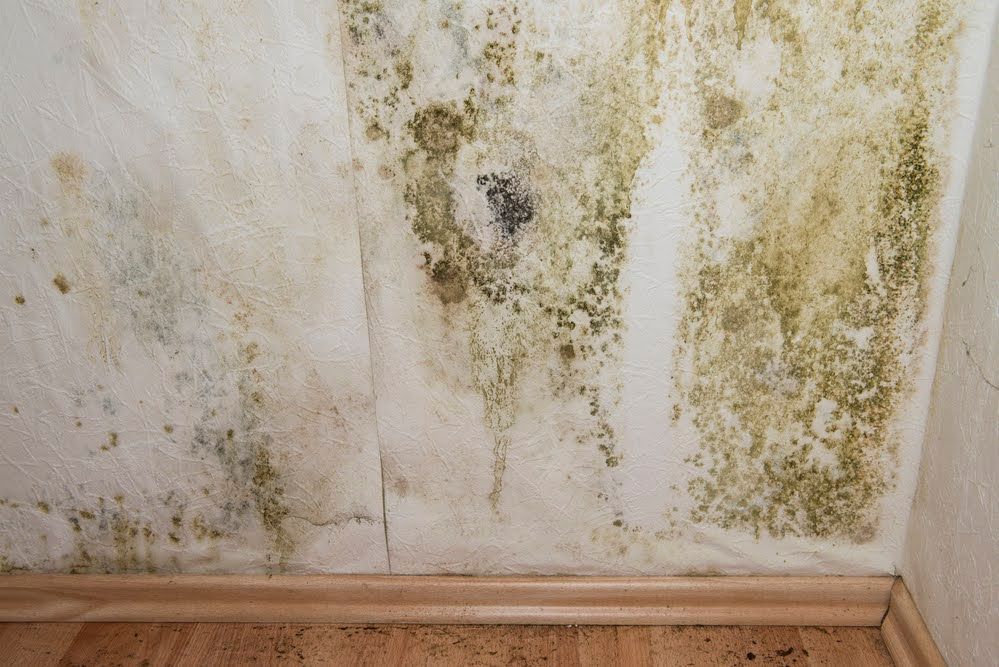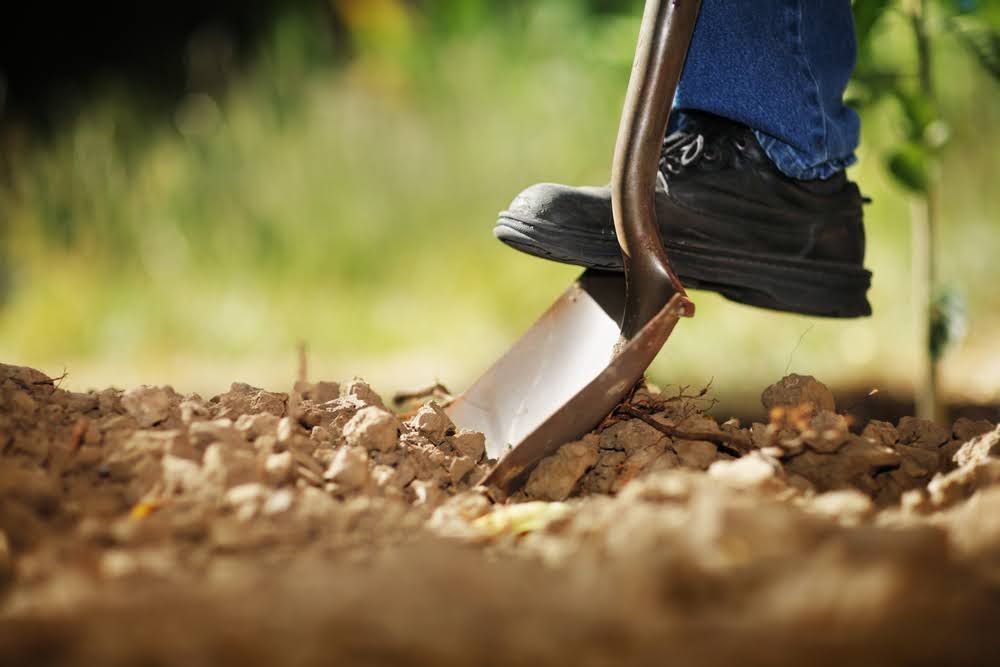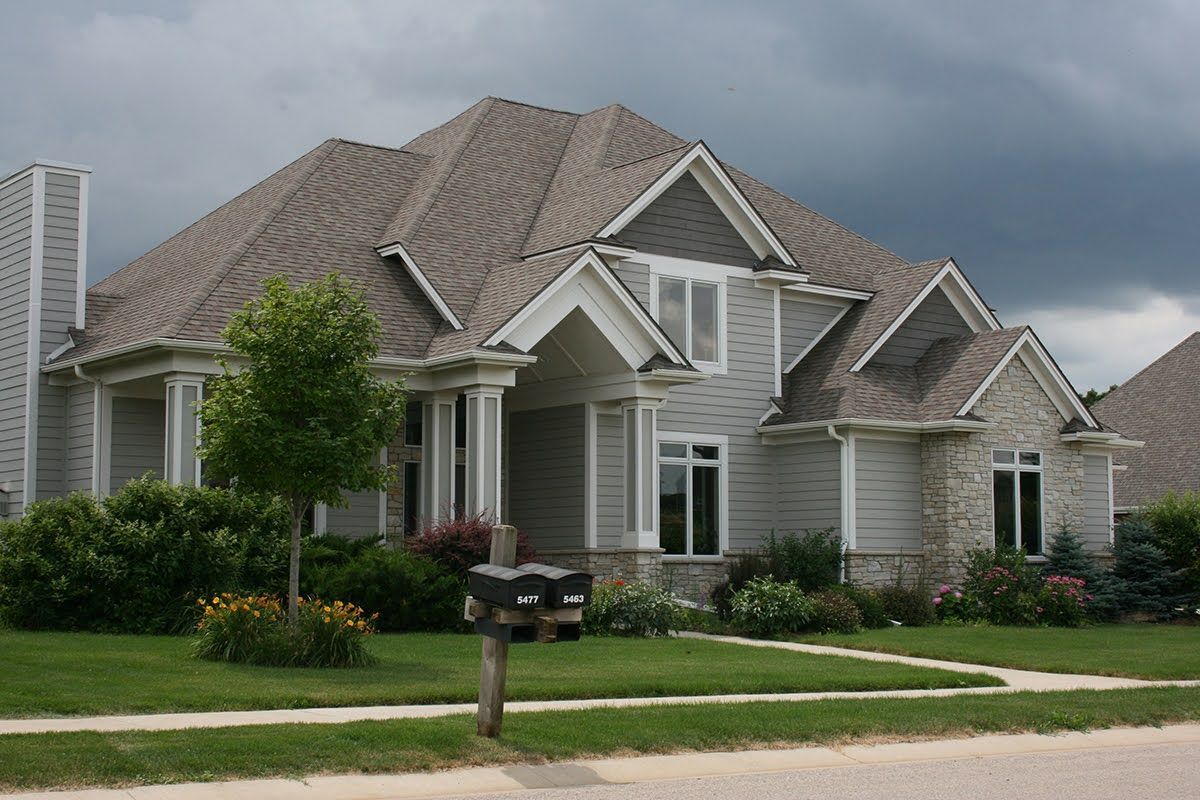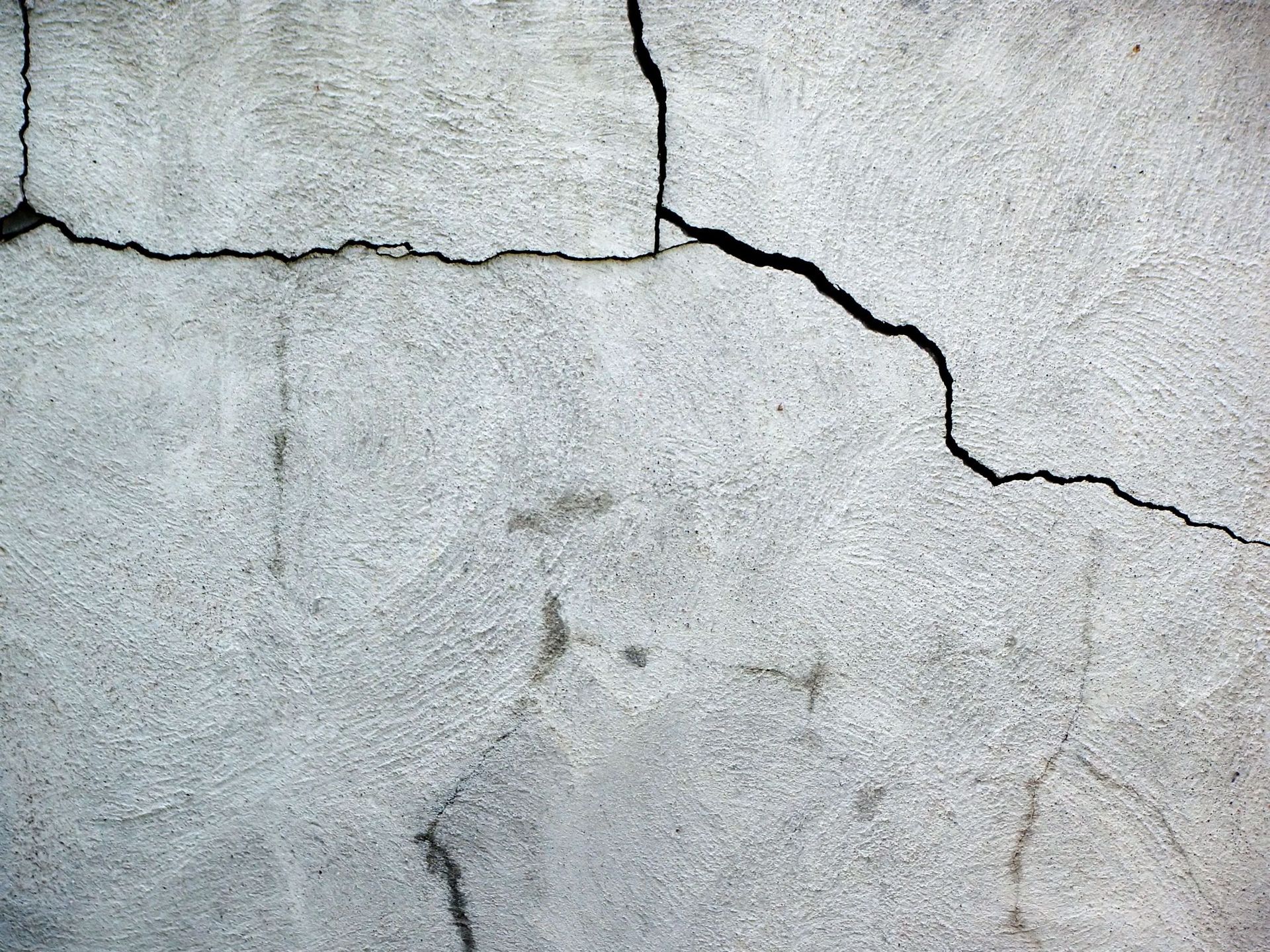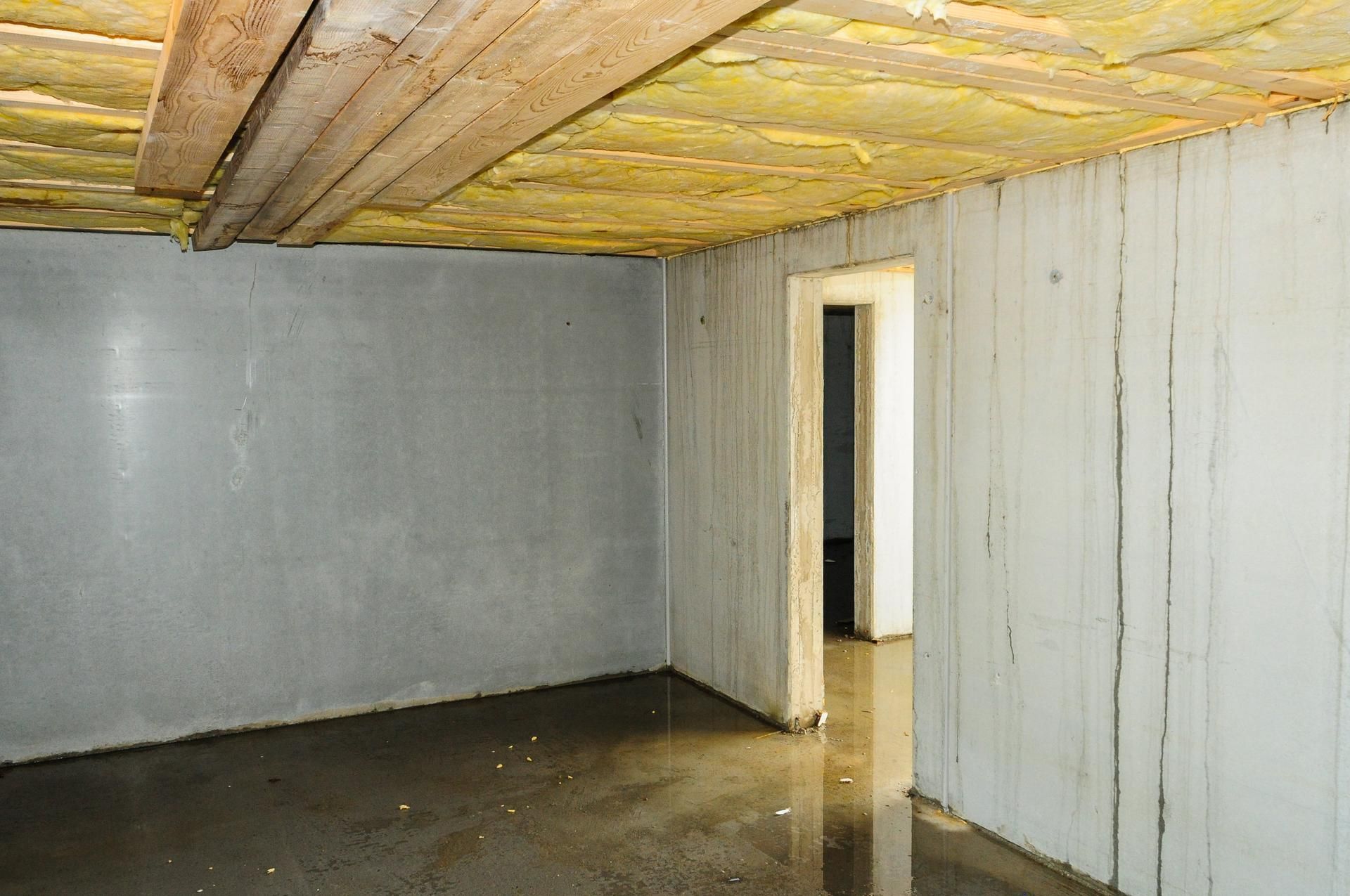After the Flood: Cleaning vs. Replacing
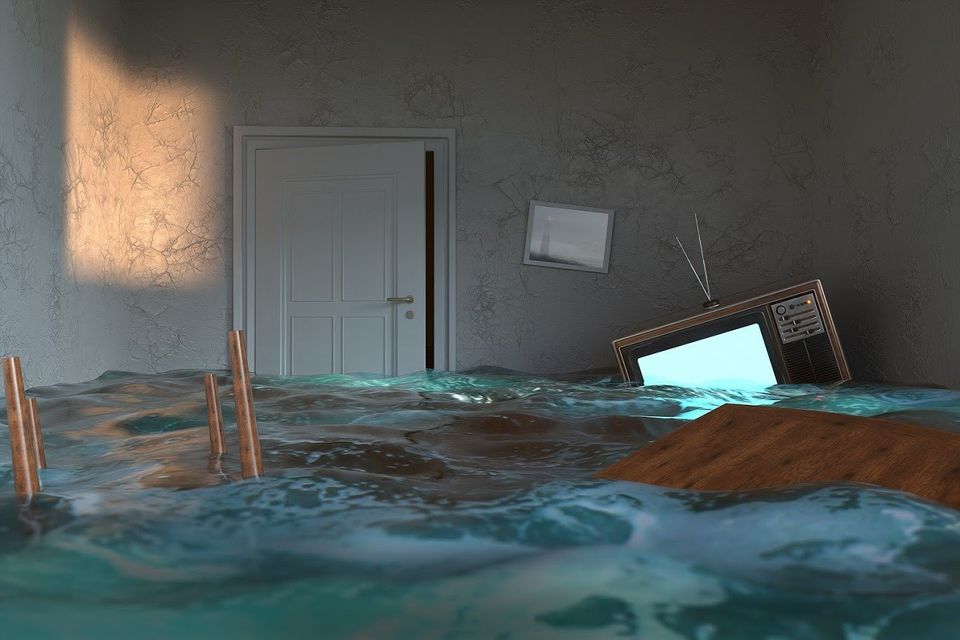
A flood can cause devastating damage to your home. However, after the waters are gone, there's still a lot of work to do. You'll need to clean or replace any items that came in contact with the floodwater. If you would like to learn more, keep reading.
Food
After a flood, most food that has come in contact with water should be tossed. You can, however, reuse commercially packaged cans and pouches. You'll want to remove any labels if possible, clean the cans and pouches with clean water and soap, and then sanitize them. If the cans or pouches are damaged in any way, toss them.
Similarly, toss any food that has a weird odor, color, or texture. It's also a good idea to toss out any perishable food. Packaged foods like snap-lids and twist caps should also be thrown away and replaced.
Furniture
When it comes to furniture, flood damage largely depends on the type of material. Hard materials like finished wood or marble can't absorb water well. For this reason, you can usually easily sanitize them after a flood. Upholstered furniture, however, usually has fabric and other soft materials like foam. These absorb water well.
Since flood water often contains contaminants like sewage, this means the upholstered furniture absorbs those contaminants as well. Therefore, even after the furniture is dry, it may pose a health risk. Even if the water isn't contaminated, there is a high risk of mold growth. If the item has been completely submerged or has been wet for a long time, it's best to replace it.
Walls
Drywall is also a porous material, making it problematic after a flood. Thanks to the nature of drywall, the water damage can easily spread past the flood waterline as the drywall absorbs the water. Even if you can't see any water damage on the outside of the wall, there may be some on the inside, where there is less air to dry the wall quickly.
If a professional can get to your wall fast, they may be able to clean the drywall, but if mold has started to grow, or the water causes the drywall to break down, the damaged part of the walls will need to be replaced. Even if your wall looks fine, you should have a professional inspect it because there may be wet insulation inside the wall.
Flooring
Like furniture, whether or not you can clean your floor depends on the type of material. Tile, for example, can usually always be cleaned because it is not porous. Wood usually holds up well too, but too much water exposure could cause the boards to swell.
Laminate flooring is an exception to the rule. It can't absorb water well, but it's still a good idea to replace laminate flooring that has been exposed to flood water. The water can easily compromise the adhesive that sticks the laminate to the underlying wood or concrete. As a result, you may see bubbles, or the laminate may start to peel.
Last, carpeted floors pose a real issue after a flood. They can absorb massive amounts of water, which makes it hard for them to dry quickly. If you get help fast, you may be able to save your carpet, but repair technicians will likely remove it to dry it before repositioning it. The longer the carpet stays wet, the more likely it is to grow mold.
Floods can cause a host of problems that can become expensive. For this reason, you should salvage anything you can to save money. If your home has flooded or you want to prevent moisture issues altogether, contact us at Central Penn Waterproofing for more information.
Contact Information
Email: hopecarson3@aol.com

